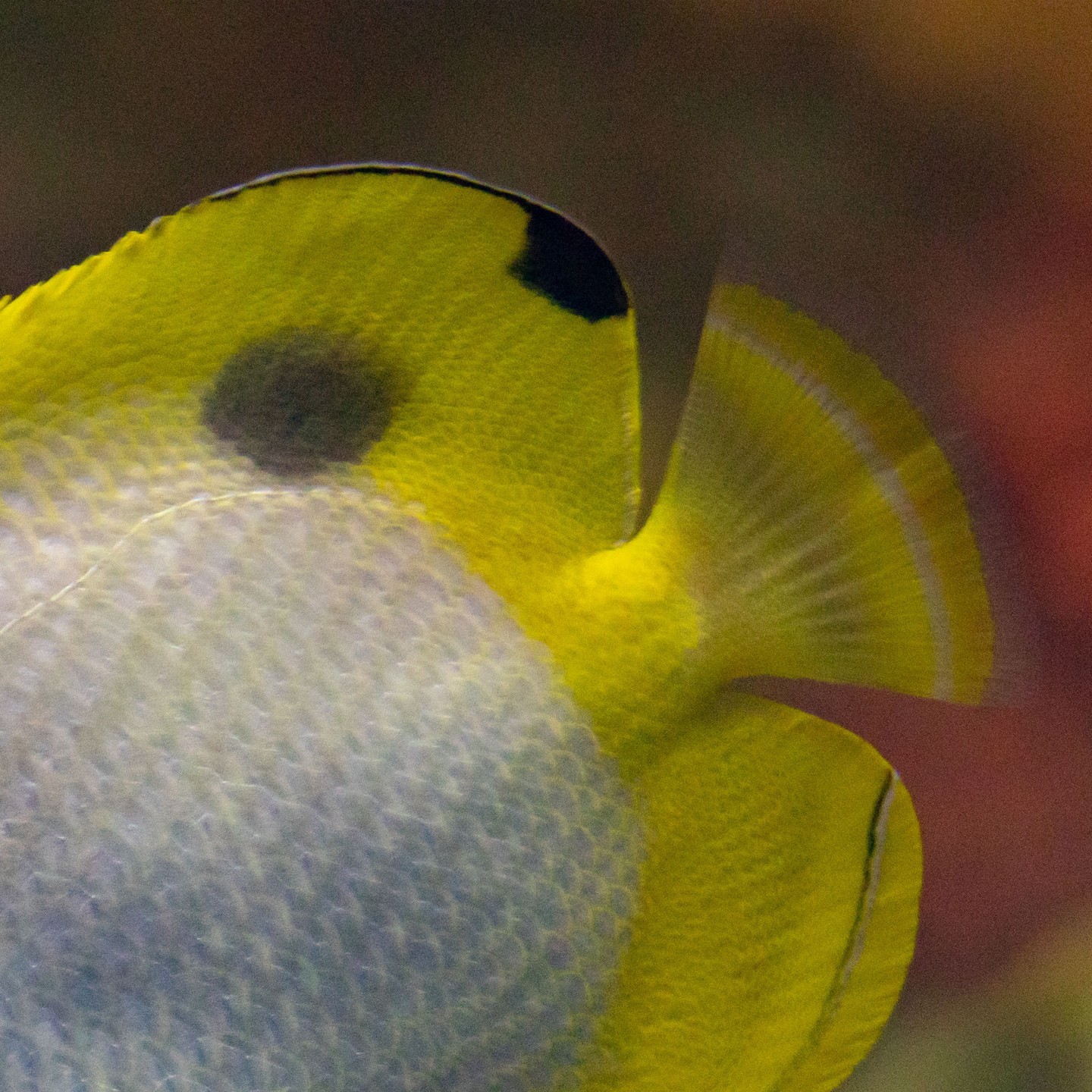- Distribution and Habitat
- Physical Characteristics and Behavior
- Feeding Ecology
- Interaction with Ecosystem
- Conservation Status and Efforts
Distribution and Habitat
The French grunt (Haemulon flavolineatum) is a fascinating marine species native to the shallow coral reefs of the Atlantic Ocean. Found primarily in the Caribbean Sea, these fish thrive in reefs ranging from 3 to 25 meters deep. Juveniles of this species also frequent seagrass beds, where they find ample hiding spots and abundant food.
In their natural habitat, French grunts form large schools during the day, often sheltering in crevices or among corals to avoid predators. The warm, nutrient-rich waters of the Atlantic provide an ideal environment for these fish, supporting their growth and reproductive cycles.
French grunts exhibit a strong affinity for specific underwater terrains. Their preference for coral reefs and seagrass beds speaks volumes about the importance of these habitats in maintaining marine biodiversity. The species plays a vital role in these ecosystems, contributing to the balance and health of the reef environment.
Physical Characteristics and Behavior
French grunts are easily recognizable by their yellow stripes along a silver-white body. A notable feature is the black bar running across their eyes, an evolutionary adaptation that confuses predators and helps the fish evade capture. Typically, these fish can grow up to 30 centimeters, although most are smaller.
Another significant trait is their schooling behavior. During the daytime, French grunts stay in large groups, which not only provides safety in numbers but also facilitates social interactions. At night, they disperse to forage individually, capitalizing on the reduced visibility that also helps them evade predators.
The sensory systems of French grunts are well-developed. Their lateral line system detects vibrations and movements in the water, allowing them to sense prey and potential threats. This keen sense of awareness plays a crucial role in their survival, particularly in the predator-rich reefs.
Feeding Ecology
French grunts have a varied diet, primarily consisting of anemones, soft corals, tube worms, and other invertebrates. Their feeding activity is mainly nocturnal, reducing competition with diurnal species and minimizing predation risk.
Their feeding method involves ‘nipping.’ They use their specialized teeth to pick at the aforementioned organisms without causing substantial damage to coral reefs. This feeding habit underscores their role as a keystone species, affecting the population dynamics of the organisms they prey upon.
Nutritionally, French grunts’ diets provide them with the essential proteins and other nutrients required for their growth, reproduction, and overall health. Studying their feeding patterns offers valuable insights into the intricate food webs of coral reef ecosystems.
Interaction with Ecosystem
French grunts play an integral role in their ecosystem. Feeding on various invertebrates, they help regulate the populations of these organisms, maintaining a balance in the reef community. Additionally, their presence attracts larger predators, integrating them further into the marine food web.
Their schooling behavior also has ecological implications. Large groups of French grunts can influence the spatial distribution of other reef organisms as they compete for shelter and food resources. This interaction highlights the complex interdependencies within coral reef ecosystems.
French grunts contribute to the nutrient cycle through their waste products. Their excretions add nutrients to the water, which can then be utilized by other marine organisms, such as algae and plankton. This nutrient cycling is vital for the productivity and sustainability of coral reef habitats.
Conservation Status and Efforts
The conservation status of the French grunt is currently not of significant concern. However, coral reef habitats worldwide face multiple threats, including climate change, pollution, and overfishing. These stressors indirectly affect species like the French grunt that depend on healthy reefs for survival.
Efforts to protect coral reefs also benefit French grunts. Marine protected areas, sustainable fishing practices, and initiatives to reduce pollution all create a safer environment for these fish. Conserving their habitats ensures that French grunts can continue to thrive and maintain their ecological roles.
Research and monitoring are crucial components of conservation strategies. Scientists study populations of French grunts and other reef species to assess the health of marine ecosystems. This data informs policy decisions and management practices aimed at preserving biodiversity.
The French grunt is a vital component of Atlantic coral reefs, with distinctive behaviors, a varied diet, and key ecological roles. Protecting their habitats through conservation efforts is essential for the well-being of these fish and the broader marine environment. Ensuring the health of coral reefs supports the French grunt and the myriad of species that coexist in these rich and dynamic ecosystems.
*****
Source Description
What am I? 👀 Clues:
1) I am native to the shallow coral reefs of the Atlantic Ocean. Juveniles of my species can be found in seagrass beds.
2) The black bar running across my eyes confuses predators.
3) I feed on anemones, soft corals, tube worms and other invertebrates.
Find the answer at the link in our bio! 💛


